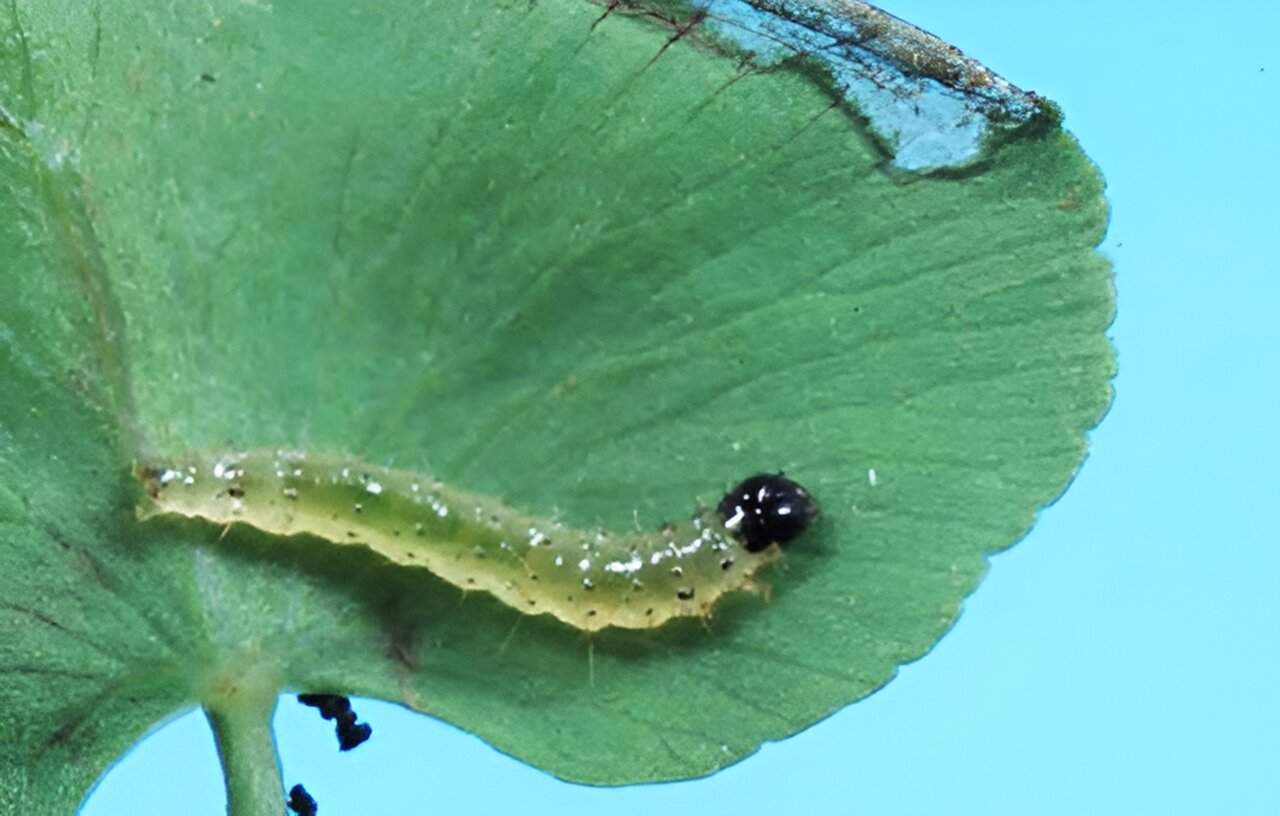Introducing the Old World Climbing Fern to Florida’s ecosystem from southeast Asia in 1965 had disastrous consequences. This invasive fern quickly dominated the state’s native vegetation, infesting over 100,000 acres in a short period of time.
The invasive fern spreads rapidly, endangering numerous native plant populations. Its vines, which can grow up to 90 feet long, smother trees and shrubs. Today, this invasive fern is prevalent in south and central Florida, particularly in wetlands and habitats such as the Everglades tree islands, bald cypress domes, and sawgrass prairies.
To combat this agricultural challenge, scientists from the USDA-Agricultural Research Service (ARS) and the Commonwealth Scientific and Industrial Research Organization (CSIRO), Australian Biological Control Laboratory (ABCL), embarked on a search for a solution. Their efforts led to the discovery of moths that can slow the spread of the invasive fern.
The researchers collected, identified, and tested caterpillars that feed on the Old World climbing fern in its native habitat. One species of fern-feeding snout moth, Neomusotima conspurcatalis, also known as the Brown lygodium moth, proved to be an effective deterrent to the invasive fern. These moths belong to the subfamily Musotiminae, which is part of the larger Crambidae family commonly known as “snout moths.” Prior to this study, this particular subfamily had not been extensively studied by the Agency.
“Early detection of potential invasive species is crucial so USDA can quickly implement strategies that protect U.S. agriculture, forestry, and the environment,” emphasized ARS researcher Alma Solis. “Through this study, we discovered several new fern-feeding species and identified their caterpillars, which were previously unknown to science.”
The researchers meticulously examined the snout moth’s external wing patterns and dissected its insides, specifically the genitalia and wings. They compared their findings with other moth species in southeast Asia. The team also documented the previously unseen immature stages of the snout moth, including larvae and pupae. These findings were considered groundbreaking and contributed to the compilation of a chart that compares adult and immature morphologies, host plants, and geographic distribution of the fern-feeding species.
Thanks to this research, ARS was able to develop criteria that assist biological control workers worldwide in identifying Musotiminae species in their respective countries or ecosystems. The snout moth was subsequently introduced to Florida, where it played a significant role in slowing the spread of the Old World Climbing Fern through its voracious appetite for the invasive plant.
Furthermore, ARS researchers in collaboration with research partners from the state of Florida continue to study the interactions between snout moths and parasites, predators, and fungi. Together, they strive to prevent the further spread of this invasive fern throughout the nation and protect America’s native vegetation.
Citation:
Research identifies moths that slow the spread of invasive fern (2023, July 31)
retrieved 1 August 2023
from https://phys.org/news/2023-07-moths-invasive-fern.html
This document is subject to copyright. Apart from any fair dealing for the purpose of private study or research, no
part may be reproduced without the written permission. The content is provided for information purposes only.
Denial of responsibility! TechCodex is an automatic aggregator of the all world’s media. In each content, the hyperlink to the primary source is specified. All trademarks belong to their rightful owners, and all materials to their authors. For any complaint, please reach us at – [email protected]. We will take necessary action within 24 hours.

Jessica Irvine is a tech enthusiast specializing in gadgets. From smart home devices to cutting-edge electronics, Jessica explores the world of consumer tech, offering readers comprehensive reviews, hands-on experiences, and expert insights into the coolest and most innovative gadgets on the market.


